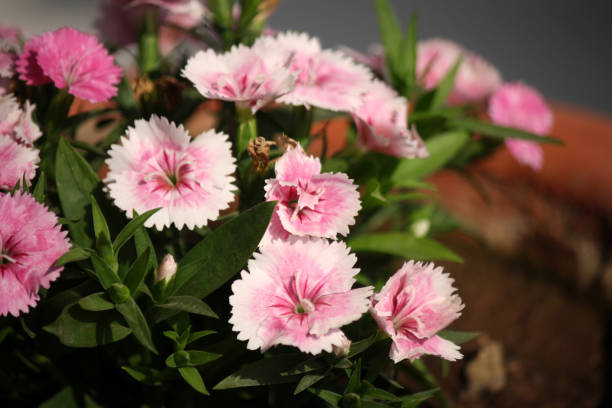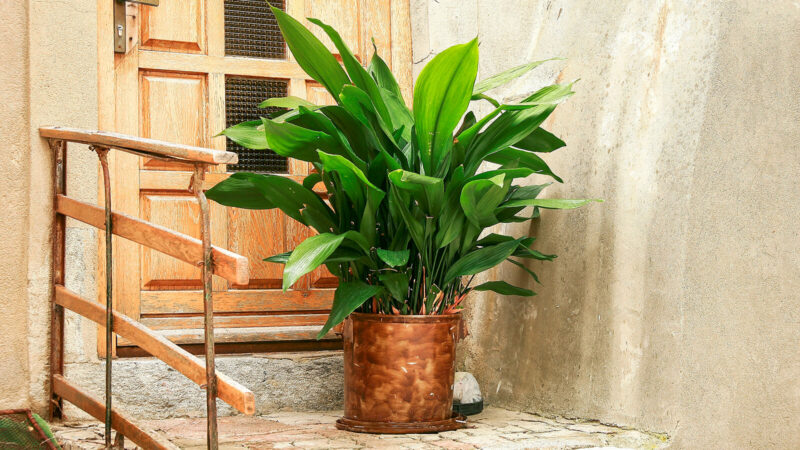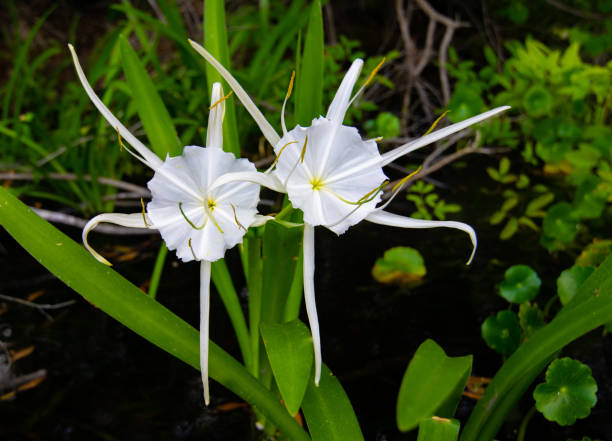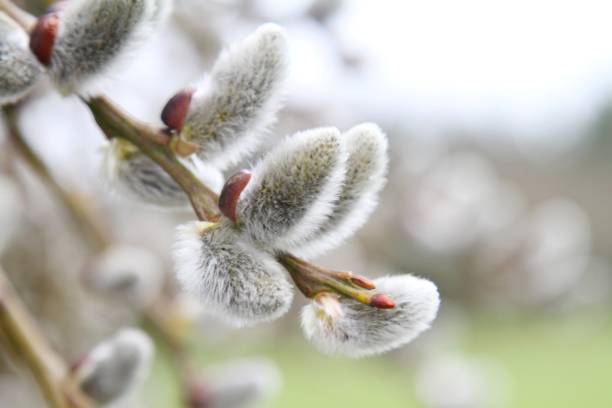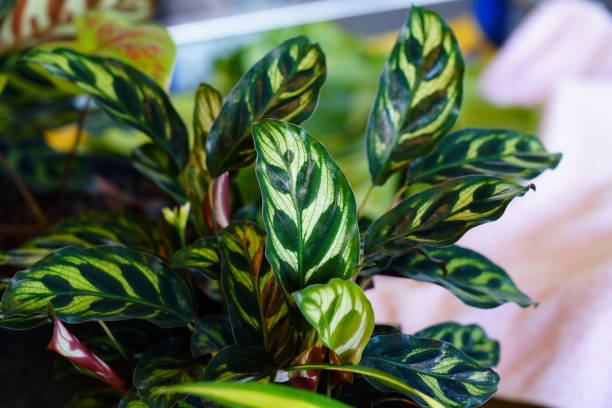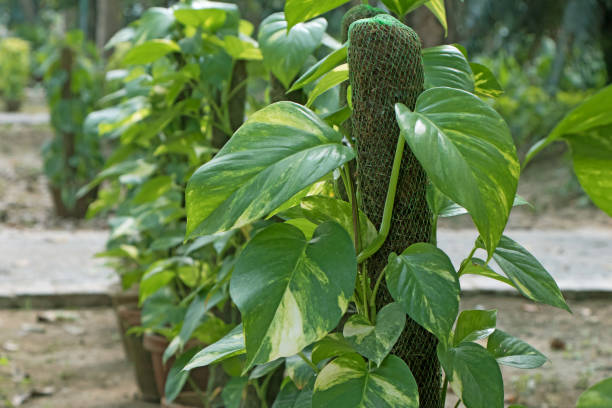How To Take Dracaena Marginata Care? Tips For Beginners
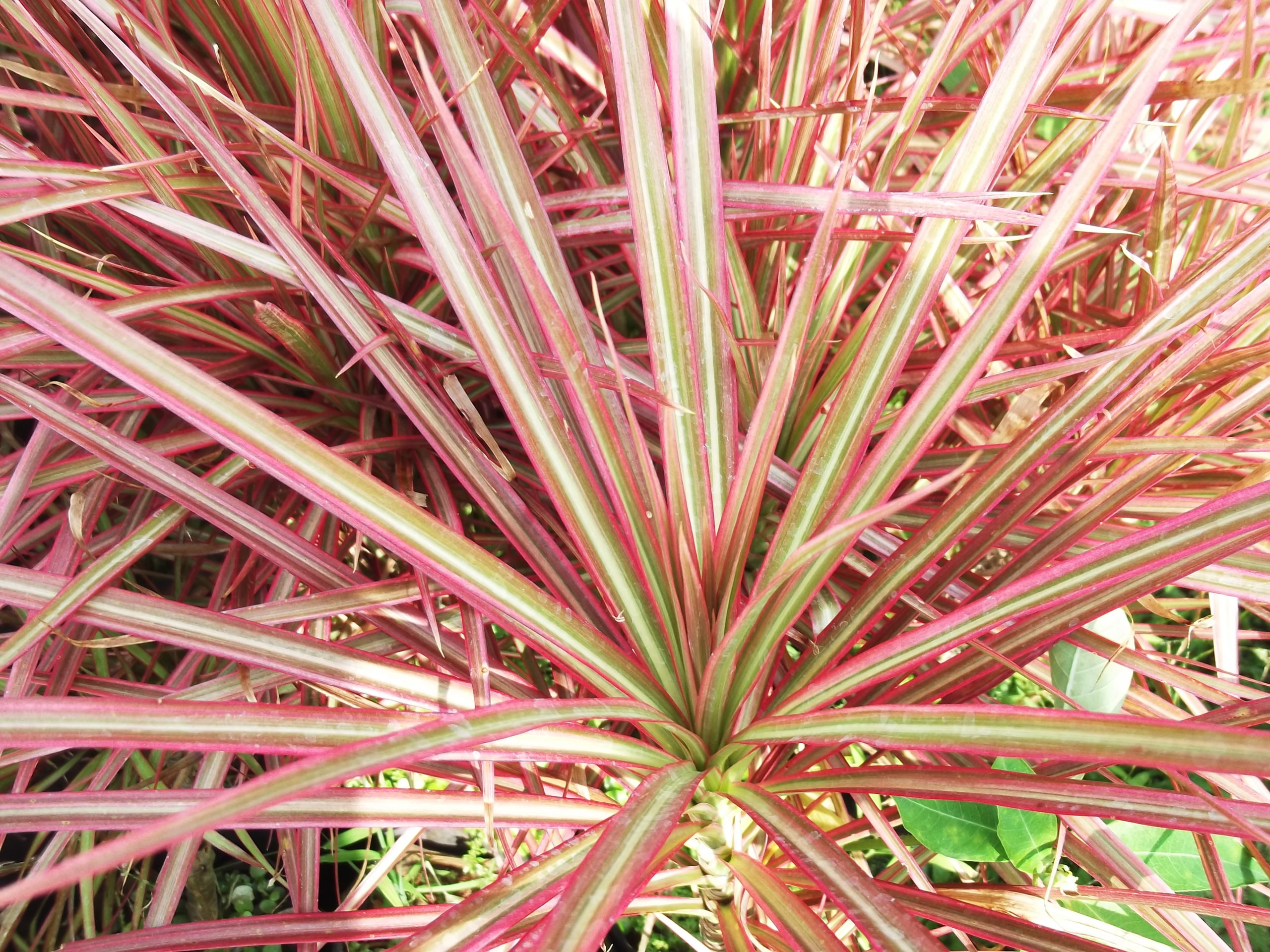
Dracaena marginata, more generally known as the dragon tree. It is a beautiful plant with red-edged leaves, green sword-like. This dracaena marginata is native to Madagascar; the eye-catching spiky plant is known as the best entry plant for the household gardeners. Moreover, it is simple to take dracaena marginata care, and this plant is drought-tolerant and almost indestructible.
This slow-growing tree can be planted year-round and produce tiny white flowers in the spring. This small plant can grow about 20 feet in warm outdoor climates; however, it is usually grown as a potted houseplant and pruned to 6 feet or less.
| Common Names | Madagascar dragon tree, dragon plant, dragon tree |
| Botanical Name | Dracaena marginata |
| Plant Type | Broadleaf evergreen |
| Sun Exposure | Full sun, partial shade |
| Mature Size | 15–20 ft. tall, 3–10 ft. wide |
| Soil Type | Well-drained, loamy |
| Bloom Time | Spring |
| Soil pH | Neutral to acidic |
| Flower Color | White |
| Native Areas | Madagascar |
| Hardiness Zones | 10–12 (USDA) |
| Toxicity | Non-toxic |
Dragon Plant Care
Thanks to the tolerance for the wide range of temperatures, this plant is very famous as large potted plants for offices and homes. So how to take dracaena marginata care? Marginata plants should be planted in loamy or well-draining soil and watered daily during the growing season. Although this plant can thrive in a type of light condition, these plants do great with the indirect bright light. Moreover, adding visual interest and beauty to space and it is also helpful in removing the dangerous chemicals in the household air.
Light
Dracena marginata grows great in bright light, and it can also survive in partial shade. Remember that these plants are kept in the lower light conditions will grow slower and produce small leaves with less bright colors. Moreover, ensure that not to place this plant in a spot that gets direct rays of sunlight.
Soil
While growing dracaena marginata as a potted plant, use the loose, loamy potting mix— well-drained soil changed with peat moss is excellent. Ensure that the pot you pick has space for the plant’s extensive root system.
Water
Like with other drought-tolerant plants, it is simple to over-water the dragon tree. Make sure do not drown it; wait until the top of the soil is dry before watering the plant. If the plant produces brown tips on the leaves, then that is normally a sign of either getting too much water or the water you are using has too much fluoride or salt, which can cause the discoloration. To avoid salt or fluoride, you can water this plant with non-fluoridated or distilled water. If the dragon tree develops yellow leaves, then it normally means it needs more water.
Fertilizer
Dracaena marginata has an almost low need for fertilizer, and it is not a necessary part of having a growing plant. However, to boost the growth, you can use the light fertilizer at the beginning of spring with the balanced liquid fertilizer. Also, do not use fertilizer in the winter.
Pests
Marginata will get a mealybug or spider mite at some point. For the spider mite, you can use the spray with the mild dish soap in water. Moreover, you can use the insecticidal soap for the bad infestation. Ensure to get the leaves underneaths, too, because that is where these bugs hang out.
Is Dragon Tree Toxic?
The dracaena marginata is also poisonous. While it is not harmful to humans; however, the leaves are extremely toxic to dogs and cats. Cats are especially fond of eating on the leaves, and the leaves contain toxic alkyds. If you see your pet showing any of the symptoms below, then contact the emergency vet immediately.
Symptoms of Poisoning
- Diarrhea
- Vomiting
- Stomach irritation
- Loss of appetite
- Excessive drooling
- Irritation around or inside the mouth
- Lethargy
- Facial swelling
- Weakness
- Incoordination
Final Words
So know you know how to take dracaena marginata care. Madagascar Dragon Tree Plants make a great impression as an indoor plant. These plants grow to be tall plants that are not just visually beautiful in a space, but they also eliminate harmful chemicals from the air. Moreover, check out the dracaena varieties that look best indoors. If you find this information useful, drop a comment below this section.

